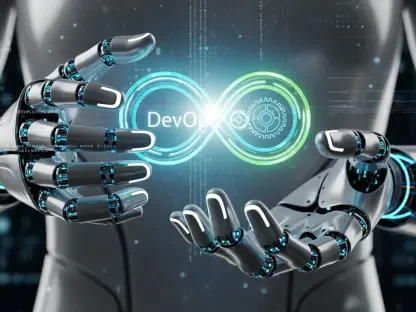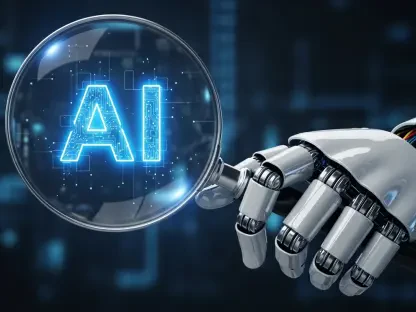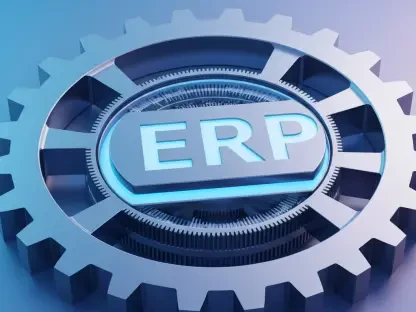Amid the rapid evolution of artificial intelligence, a significant transformation is underway in how intelligent agents communicate. Imagine a world where AI agents can effortlessly collaborate, exchange data, and execute complex tasks with minimal human intervention. This is no longer a distant vision but an emerging reality shaped by the latest developments in AI communication protocols. What challenges do these protocols address, and how do they redefine the capabilities of AI agents?
The Need for Seamless AI Interactions
As the AI landscape shifts from isolated models to more sophisticated, autonomous agents, the demand for effective communication has never been greater. Unlike traditional AI models that work with standalone prompts, autonomous agents possess the ability to plan, reason, and interact with diverse external resources. This evolution, however, introduces challenges, particularly related to compatibility and interoperability.
In an era where organizations struggle to integrate disparate business intelligence systems, the development of standardized communication protocols for AI becomes crucial. Without these standards, there is a risk of creating new data silos, echoing the integration challenges seen with applications such as Salesforce. The importance of adopting communication protocols lies in their potential to streamline cross-platform interactions, thereby enhancing operational efficiency.
Dissecting AI Communication Mechanisms
The Model Context Protocol (MCP) represents a leap forward in connecting AI agents with tools and data through a client-server architecture. By standardizing the management and sharing of contextual information, MCP facilitates consistent multi-step reasoning processes, allowing agents to execute tasks more effectively. In parallel, the Agent2Agent (A2A) protocol empowers agents to collaborate without being hindered by vendor constraints, ensuring that they can communicate transparently across platforms. Meanwhile, the Agent Communication Protocol (ACP) focuses on fostering natural language-driven communication, incorporating multimodal messaging to streamline interactions between AI agents and humans.
These protocols collectively address various facets of agent communication, each bringing unique benefits that cater to specific challenges. Whether through connecting to tools, enabling seamless agent collaboration, or enhancing communication via natural language, these protocols pave the way for significant AI advancements.
Insights from Industry Experts
Industry leaders underscore the significance of standardized communication in AI performance enhancement. John Doe, an AI strategist, emphasizes the transformative impact of these protocols: “Standardized communication protocols will not only solve current integration issues but also unlock new potential in autonomous AI systems.” Meanwhile, research findings indicate that employing such protocols can lead to a marked improvement in the efficiency of AI systems.
Developers have shared real-world experiences demonstrating how these protocols are already enhancing AI applications. From improving healthcare data transfers to facilitating complex financial predictions, these protocols are proving valuable across numerous domains. By enabling more intuitive communication among agents, they contribute meaningfully to the reach and capabilities of AI technologies.
Strategies for Real-World Implementation
To integrate these protocols into existing AI systems, organizations must adopt strategic frameworks. Transitioning from traditional AI models to agentic systems involves identifying the right protocols—such as MCP, A2A, or ACP—that align with their specific needs and operational structures. Practical tips include assessing current communication gaps and selecting compatible protocols that can facilitate smoother, more effective interactions.
Implementing a comprehensive framework tailored to specific industry requirements can further enhance protocol efficacy. Organizations must focus on ensuring protocol compatibility with existing systems, building a robust foundation for AI agent communication that optimizes resources and maximizes impact.
Forging Ahead in AI Communication Protocols
As the world continually embraces advanced AI solutions, the role of innovative communication protocols in shaping these solutions cannot be underestimated. The integration of protocols like MCP, A2A, and ACP has emerged as a cornerstone for developing adaptable agentic AI systems. Having successfully addressed major interoperability challenges and bridged communication gaps, these protocols offer a promising future for autonomous AI development. By adopting and refining these standards, industries are well-positioned to harness AI’s full potential, embracing a future where seamless collaboration and communication redefine the technological landscape.









